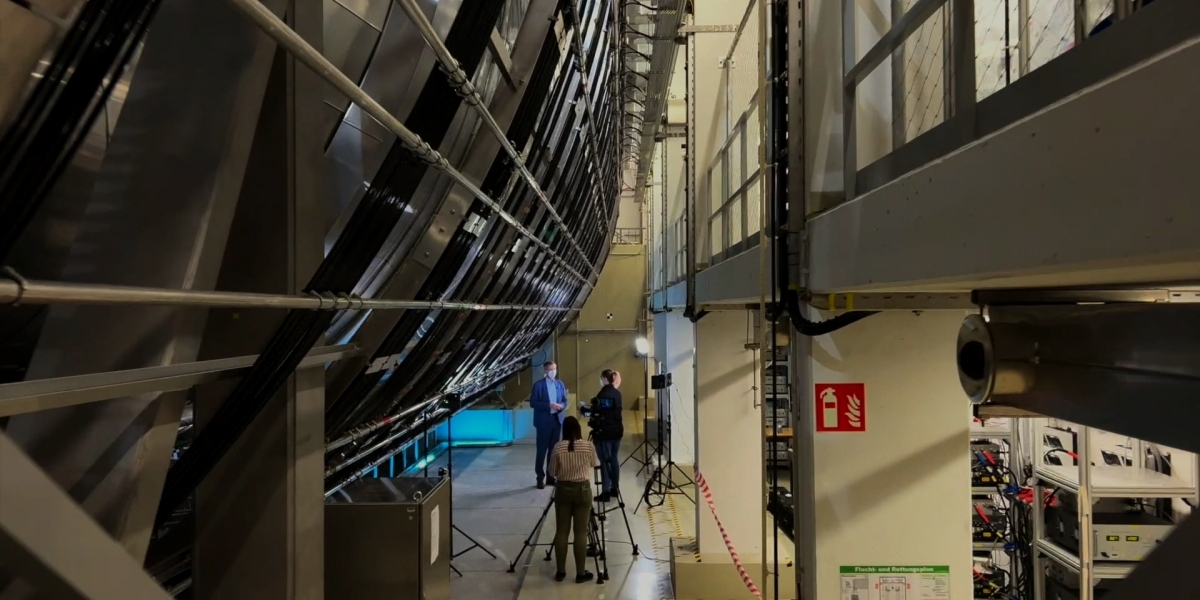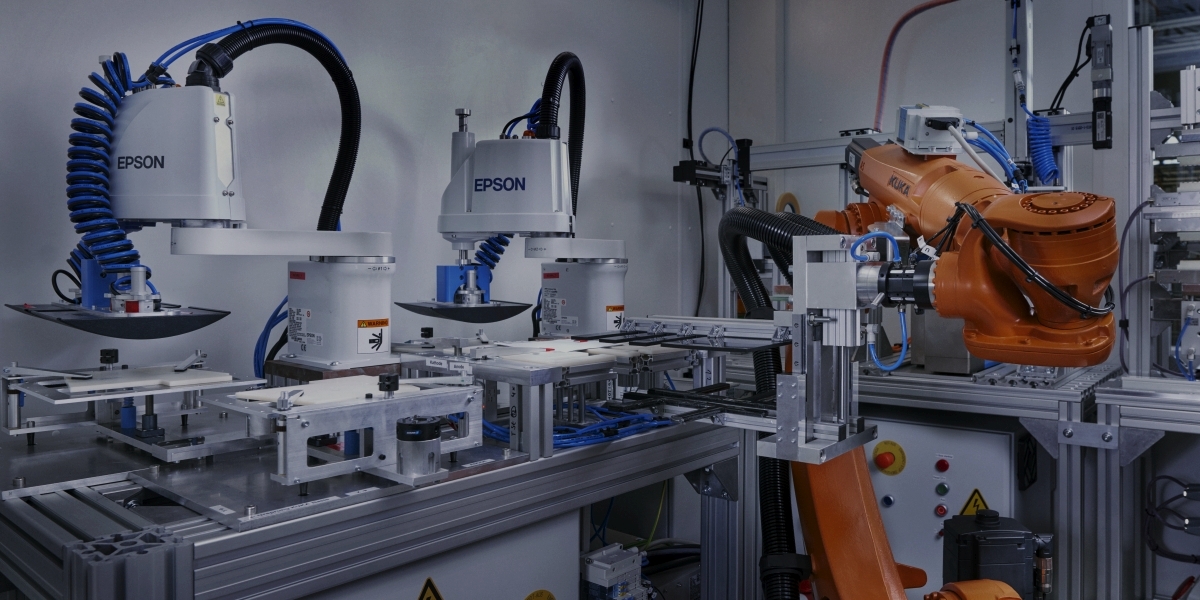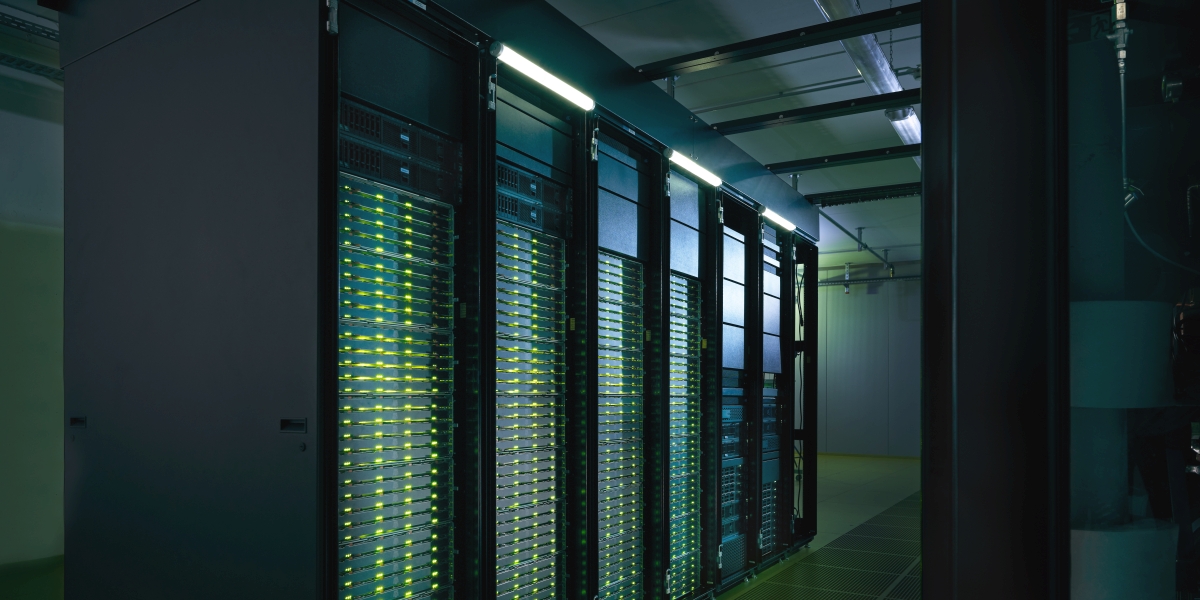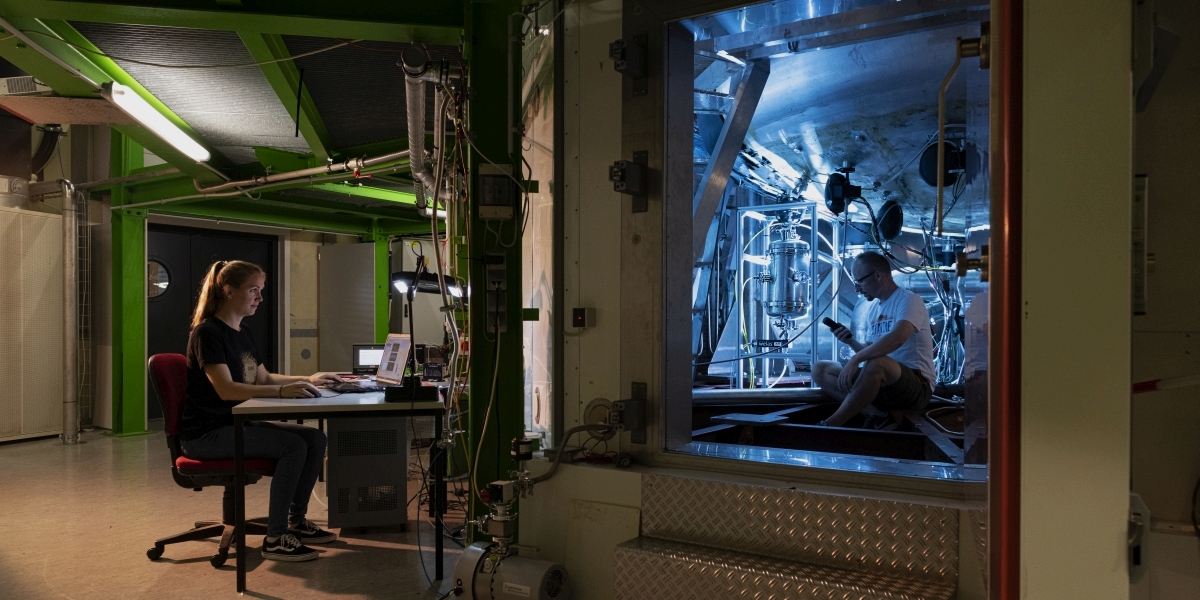Large-scale Research at KIT
The Karlsruhe Institute of Technology (KIT) is the Research University in the Helmholtz Association and is thus one of 18 large-scale research centers in Germany. Organized in the Helmholtz Association of German Research Centers (HGF), large-scale research makes valuable contributions to solving society's pressing issues of the future and to further unraveling the mysteries of the universe.
As part of the HGF, KIT is an asset in large-scale research, which is not only supported by large financial resources but also advanced with the help of large research infrastructures. Such infrastructures are operated at KIT in the long term and can be used by researchers in Germany and internationally.
The spectrum of research ranges from particle physics to research on the energy transition and a better understanding of climate change through to the investigation of the causes of diseases. The data collected, in turn, require enormous computing power, which KIT provides as a center for national supercomputing. In this context, KIT can also show the full potential of its expertise in IT security.
In a video interview, KIT Vice-President for Research Oliver Kraft explains what large-scale research means at KIT, which issues it is intended to solve, which challenges it faces, and how students at KIT benefit from it in their academic education.
Overview
sprungmarken_marker_30000
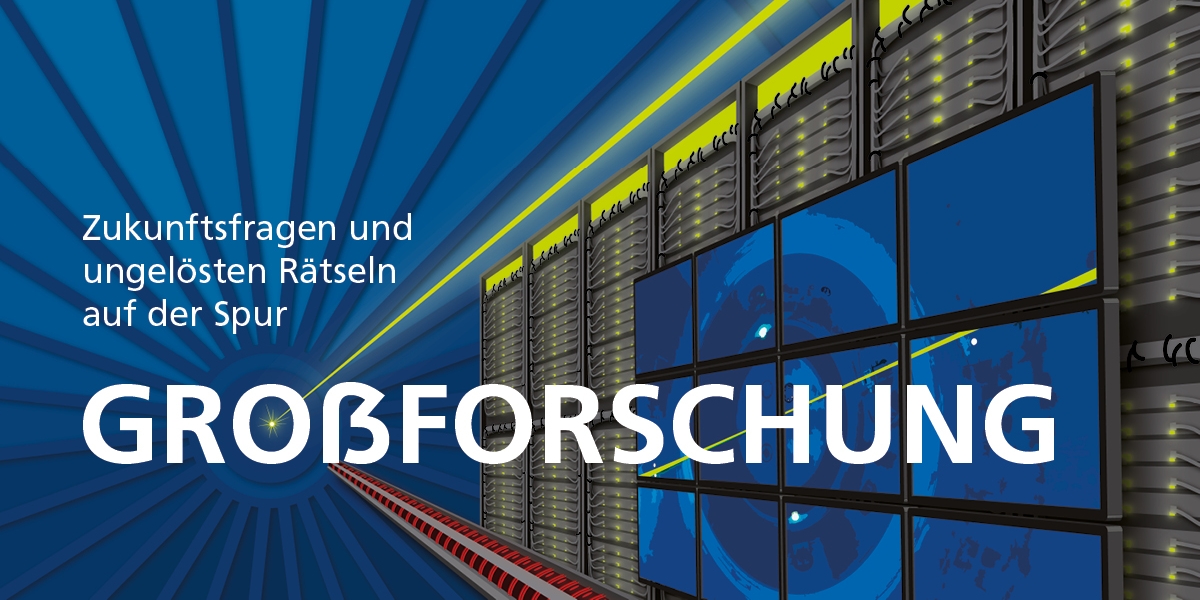
Large-scale research is the main topic of issue 4/21 of the research magazine lookKIT.
To the bookletEnergy for a Sustainable Future
The energy transition is one of the central building blocks in the fight against climate change. This is why KIT is investigating the energy system of the future at the Energy Lab 2.0. Research is across all sectors: From the bioliq® pilot plant to Power-to-X and solar power through to the virtual integration of wind farms and a tangible energy transition that features model houses. In addition, KIT works on launching climate-friendly solutions in other sectors e.g. for agile production of batteries.
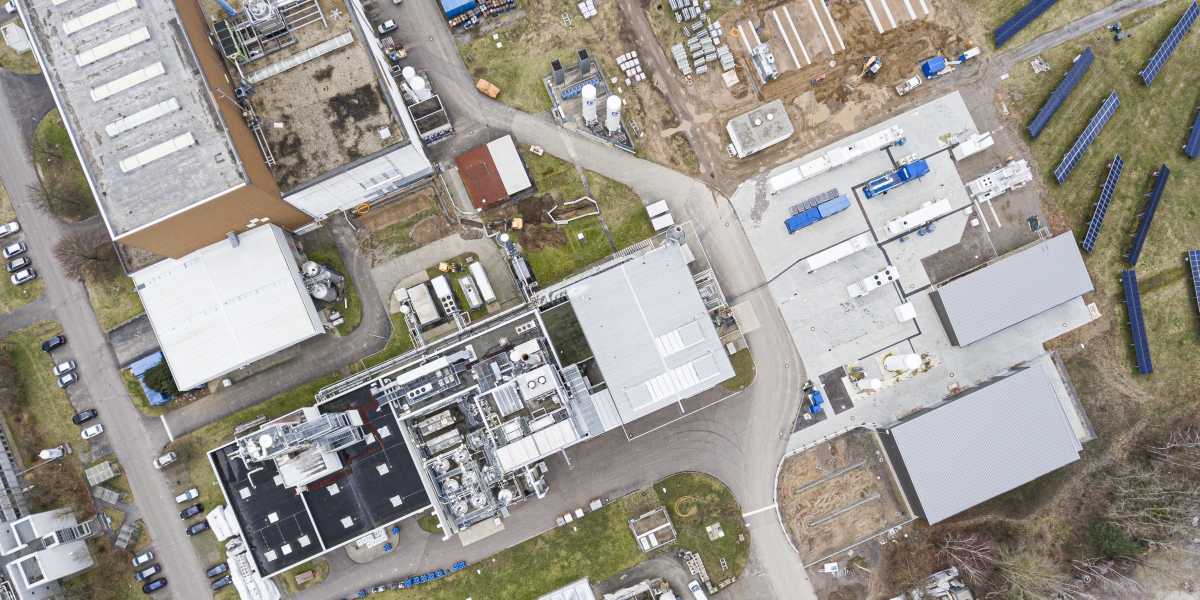
The unique real-world lab provides insights into the sustainable transformation of our energy system.
Please visit our online dossier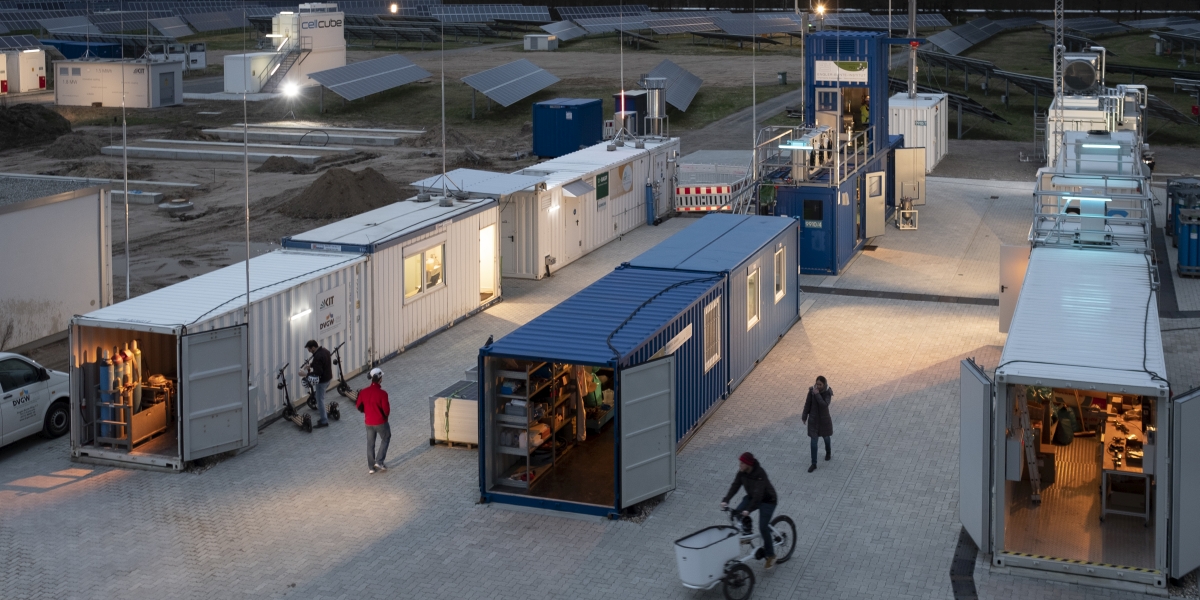
KIT researchers contribute their expertise to all three lead projects of the federal government.
Read moreInfrastructure for Cutting-edge Research
Cutting-edge research needs not only outstanding scientists, but also infrastructures to enable or at least facilitate their work. KIT offers such structures, for example, in the form of the National High Performance Computing Center with its new supercomputer HoreKa (Karlsruhe High Performance Computer). Researchers from all over Germany now have access to an enormous computing power. KIT also operates GridKa, the Grid Computing Center Karlsruhe, the German data and analysis center for storing, analyzing, and archiving data, for example from the Large Hadron Collider at CERN. Both large-scale research facilities are important contributions of KIT to data-intensive computing in the german and international research landscape.
KIT also supports researchers in Germany and Europe in other fields of work. At the KARA electron storage ring (Karlsruhe Research Accelerator), technologies for particle accelerators that provide deep insights into the structure of matter can be developed, and non-destructive investigations of biological structures and materials can be carried out with the help of synchrotron radiation. The European Zebrafish Resource Center at KIT, in turn, provides a central archive of diverse zebrafish strains for European research into e.g. the causes of cancer or heart diseases.
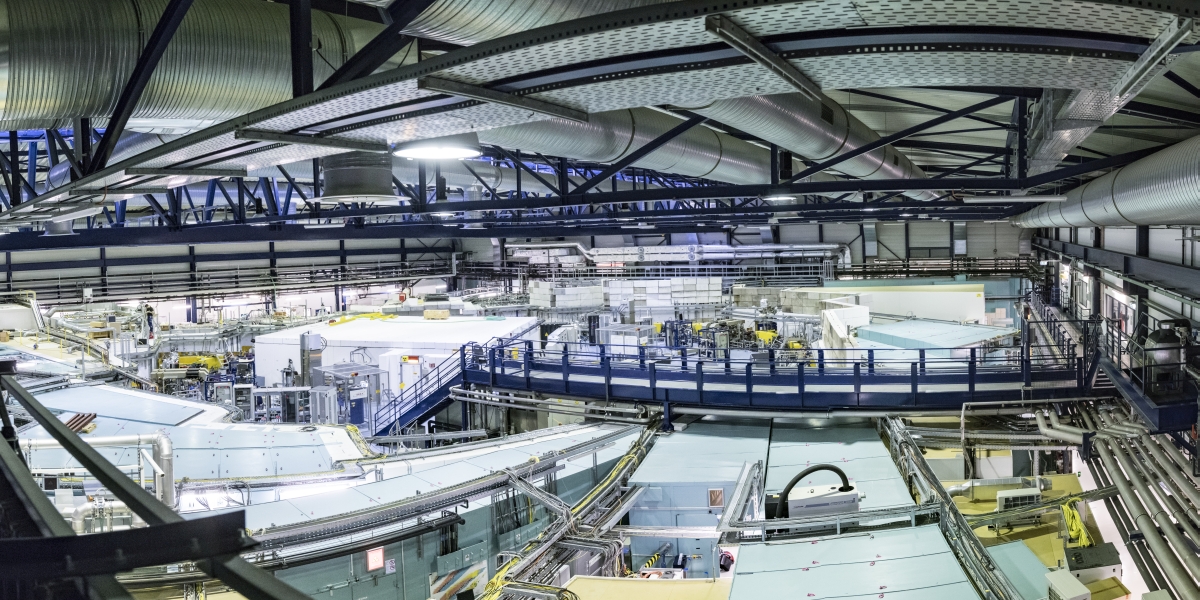
New beam source and accelerator technologies as well as new detectors are being developed and tested at the KARA electron storage ring.
Read more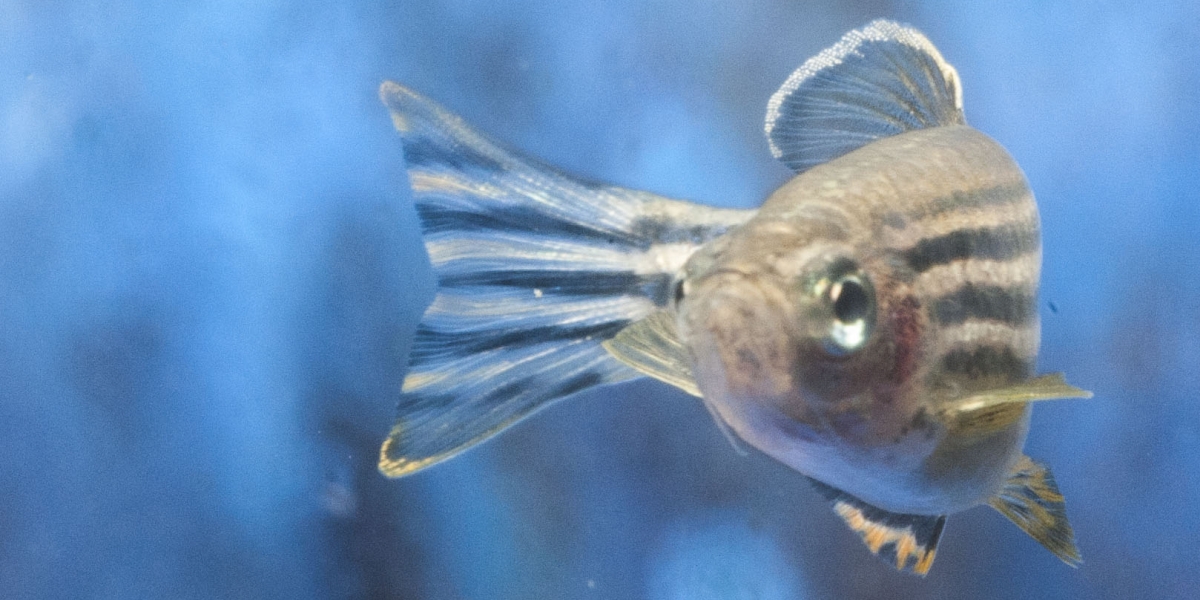
Zebrafish are ideal model organisms for the study of various diseases. KIT provides a central archive for zebrafish strains in Europe.
Read moreTwo Large-Scale Facilities at KIT Contribute to Solving Important Issues
They are very different in nature and yet have something in common: The cloud chamber AIDA and the neutrino experiment KATRIN both take a close look at small particles. At AIDA (Aerosol Interaction and Dynamics in the Atmosphere), the effects of aerosols i.e. tiny particles that are sometimes only a few nanometers in size, on cloud formation and ultimately on climate, weather, and the environment are studied. Thus, among other things, the large-scale facility makes an important contribution to KIT's leading role in cloud observation.
The particles investigated by the Karlsruhe Tritium Neutrino Experiment KATRIN are still much smaller. More precisely, neutrinos are the lightest, most abundant, but also most mysterious mass-bearing particles in our universe. Their exact mass is not known. Researchers want to determine it precisely for the first time with the help of KATRIN. As a rule, such large-scale experiments are not open to the public. Since mid-2021, virtual reality has made it possible to take a direct look inside the research facility and allow users to even assume the role of researchers themselves and interact with the experiment.
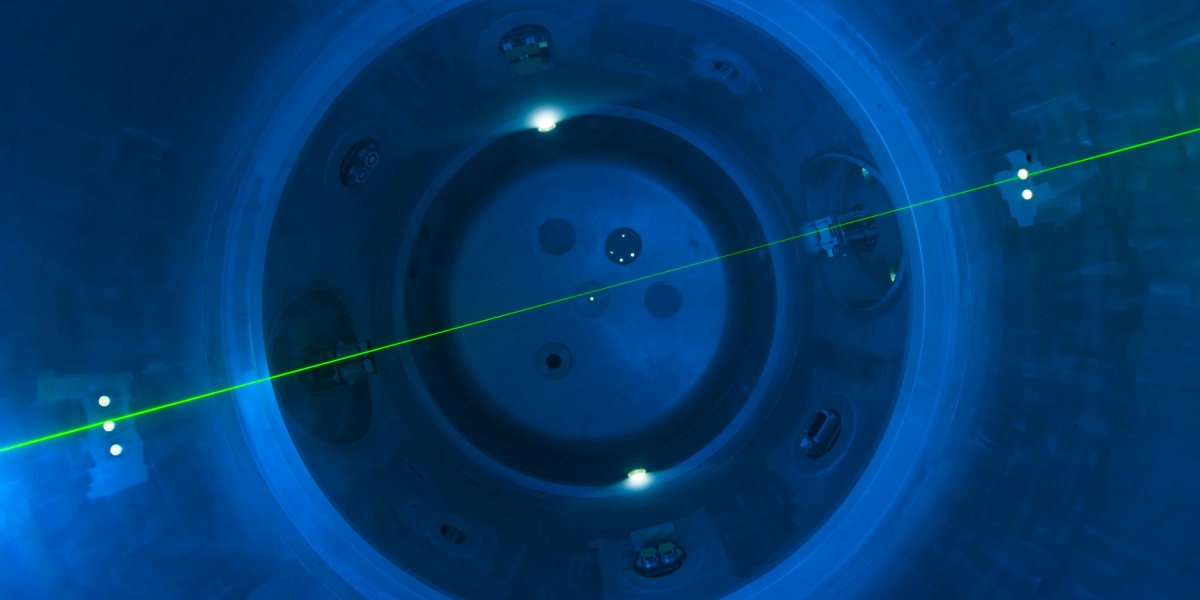
Within the framework of ACTRIS-D, KIT is setting up new measurement facilities for cloud research and expands existing infrastructures such as the AIDA cloud chamber.
Read more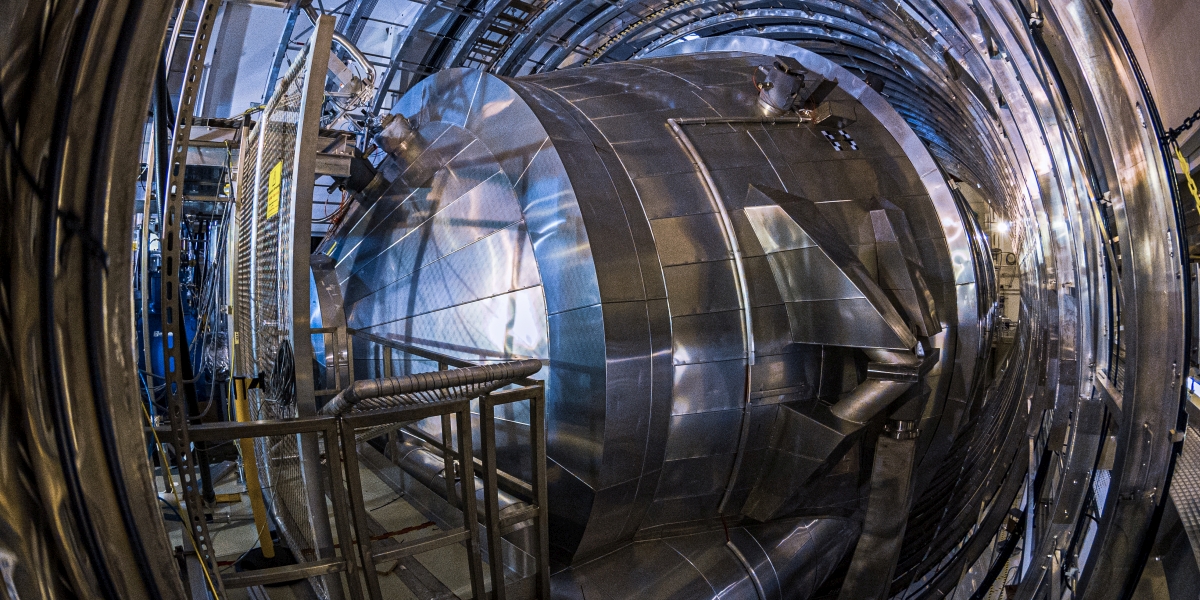
A virtual reality environment makes the neutrino experiment KATRIN tangible for everyone.
Read moreGlobal Large-scale Research
Pooling resources and competences, establishing international cooperations, and thus being able to operate large-scale facilities are important elements for successful large-scale research. For example, more than 5,000 people from more than 50 countries work at CERN in Geneva in the Compact Muon Solenoid (CMS) experiment, which is one of the biggest international research projects ever. For 26 years, KIT’s Institute of Experimental Particle Physics has been one of the largest participating university institutes.
KIT is also one of 52 institutes from twelve countries involved in the IceCube neutrino experiment located at the South Pole. By means of detectors embedded deep in the ice, the researchers want to record signals from the depths of the universe in order to better understand the physics of the highest-energy processes in the universe.
In a completely different environment, the Argentinean pampas, high-energy cosmic rays are being studied at the Pierre Auger Observatory over an area of around 3,000 square kilometers. These cosmic rays contain particles with extremely high energies, whose origin and propagation to Earth are still a mystery to modern science. Together with partner institutions from 17 countries, KIT is involved in solving this puzzle.

